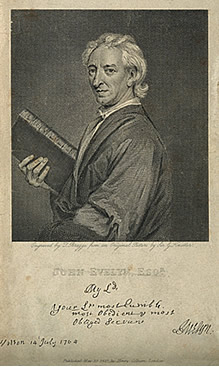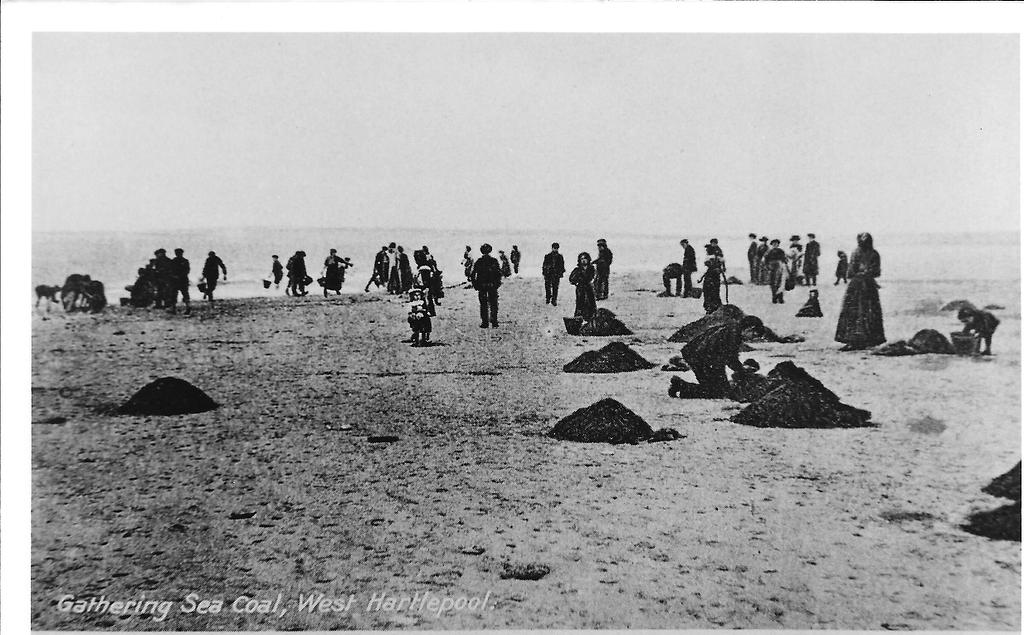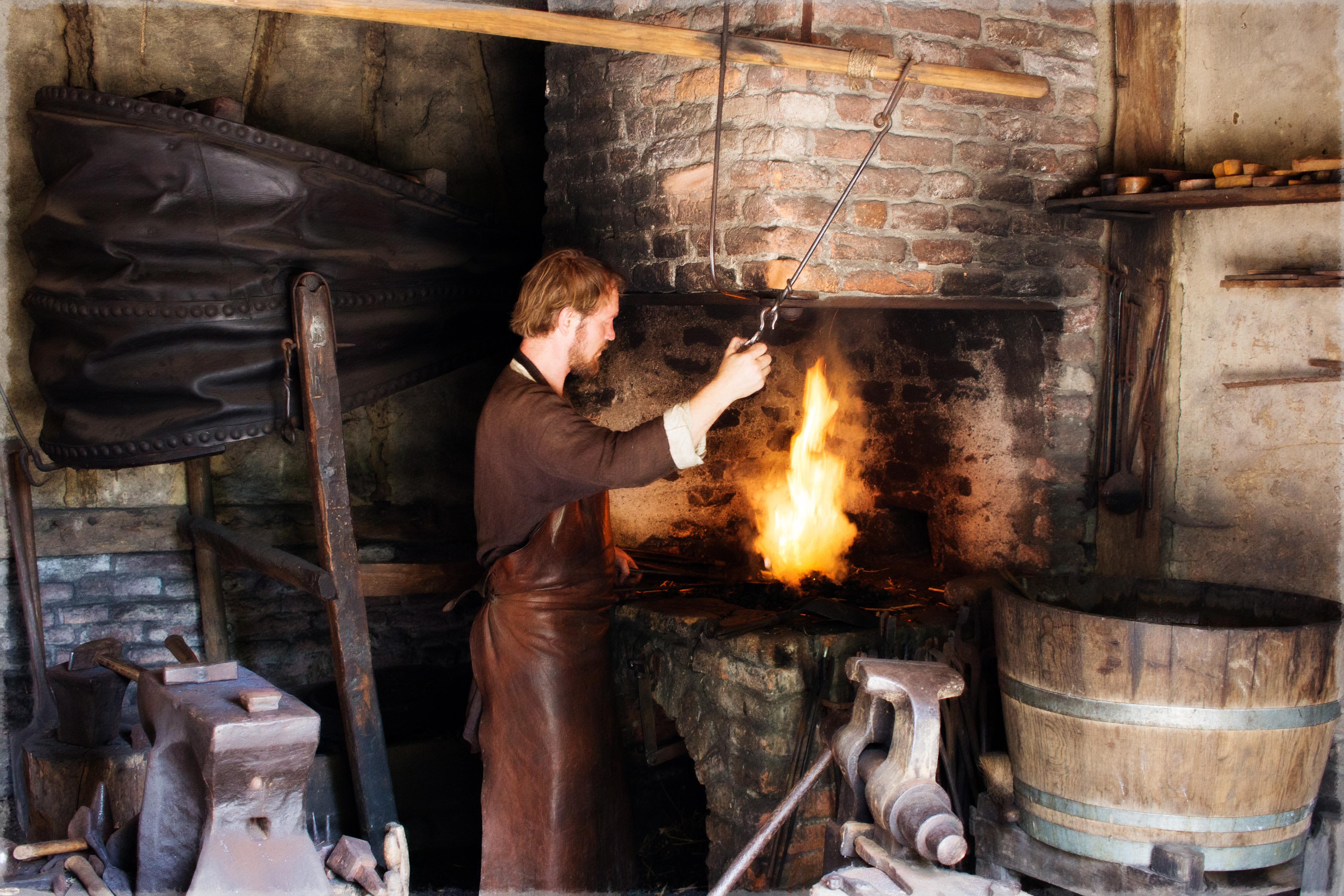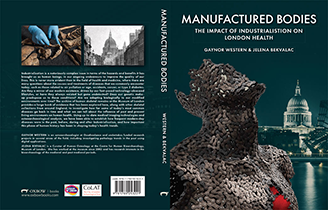The fight for clean air
Environmental protesting might seem like quite a modern activity to us but in fact the fight for clean air in the city has been going on for a very long time.
Londoners have been complaining about air pollution since at least the 13th century, although at this time it was largely due to the obnoxious smell. Yet again, the culprit was coal (sea coal) in addition to lime-burning.
Sea coal was brought down to the city from Newcastle to be used as ballast but soon blacksmiths were burning it to fuel their forges. It proved to be a great success, producing higher temperatures more rapidly than wood. Soon it was also quickly adopted by the brewing industry. Unfortunately, the smell of burning sea coal was horribly pungent; because of this terrible smell, commissions were set up in AD1285 and AD1288, marking the start of the search for efficient fuel sources for the city that were also low in emissions and healthier.
The struggle by parliament to tackle air pollution have proved to be enduring, however. The sheer efficiency of coal as a source of heat for manufacture meant that appeals to reduce its usage were largely ignored, though as today, more favourable spots away from areas of habitation were sought to distance the effects. The coal burning industries including the brewers were banned from Westminster and the Tower of London. But this didn’t stop its popularity, and soon coal was being used in the domestic setting as well as in increasing amounts in industry. Something had to be done.
Early climate protesters
In 1661, in an essay that remains highly relevant today, John Evelyn wrote a publication called ‘Fumifugium: or the Inconveniency of the Smoak of London Dissipated’.
In this he writes: ‘This cloud is so inextricably mixed with the naturally wholesome and excellent air that the inhabitants can breathe nothing but thick, dirty, smoggy air...of all the common and familiar materials that emit pollution, the excessive demand for, and use of, sea coal in the city of London exposes it to one of the foulest criticisms and reproaches that can be aimed at such a noble and otherwise incomparably magnificent city...’

John Evelyn (Wellcome images)
A year later in 1662, John Gaunt published his pamphlet ‘Natural and Political Observations...Made upon the Bills of Mortality’. It was based on pioneering research based on the weekly records of deaths in Greater London and as such, John Gaunt is considered to be the first epidemiologist, examining health according to incidence rates and geographic distribution. In his publication, he concluded that air pollution caused by the burning of coal was causing a significant problem to public health in London.
Another form of smoke pollution was also making a rapid comeback. Although James I had taken significant steps in 1619 to regulate what he deemed to be ‘a custom loathesome to the eye, hateful to the nose, harmful to the brain, dangerous to the lungs’, tobacco smoking was catching on fast as a fashionable trend.
Next: Smoking










